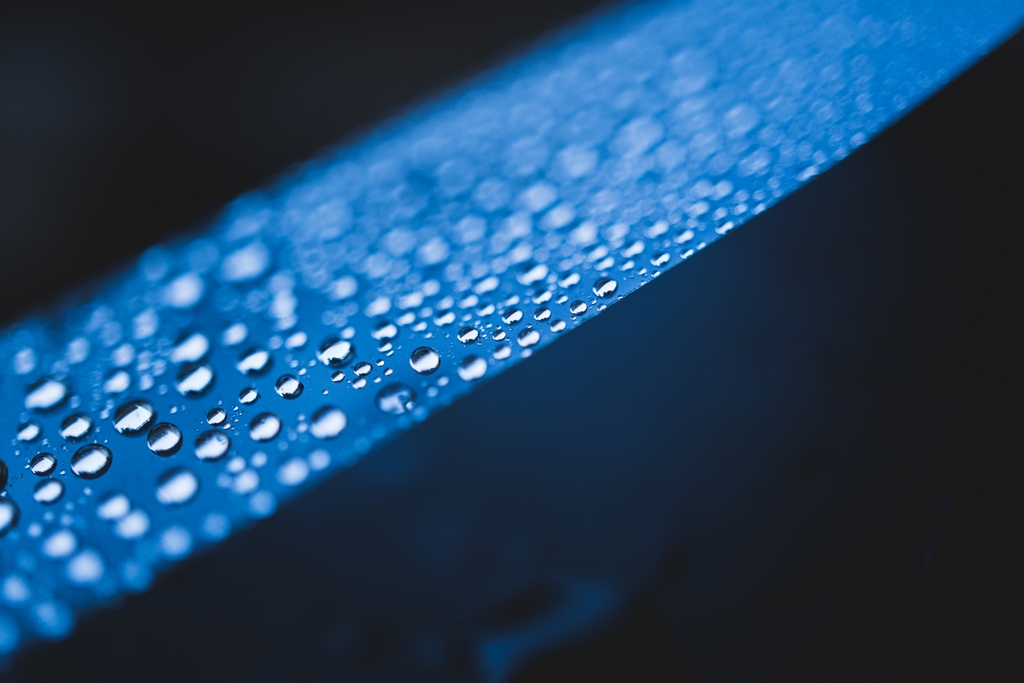Extracting Water from Dry Thin Air


Over a third of the world’s population lives in arid climates where water is scarce. A new technology developed by scientists and engineers at the University of Texas at Austin have synthesized material that might be able to help water-insecure people access safe drinking water in areas where it doesn’t rain.
By Eric Herman
As water scarcity impacts more and more people around the globe, a team of researchers at the University of Texas at Austin seeking practical solutions to water shortages recently unveiled a low-cost gel sheet comprised of common materials, known as super hygroscopic polymer film (SHPF) that draws water from the air, even in extreme dry conditions.
A single kilo of the necessary ingredients cost about $2 per kilogram, and can create more than six liters of water each day in locations with less than 15% relative humidity and up to 13 liters in conditions with 30% relative humidity.
The study builds on the team’s prior work that includes examining the capacity to extract water from the atmosphere and then how to use such technology to create self-watering soil. Those technologies were, however, developed for use in high-humidity conditions, this new breakthrough is aimed at places with consistently low humidity, which often happen to be the same locales susceptible to extreme drought conditions and devastating water shortages.
The paper describing the team’s work was published in Nature Communications. In the paper, the researchers explain: “Compared to conventional water purification technologies that rely on the existence of a waterbody, the extraction of water from air represents a decentralized approach regardless of geographical or hydrologic conditions.
The key steps of atmospheric water harvesting (AWH) involve moisture capture and water release, followed by a simple filtration or purification process. Prior attempts, such as capturing fog and dew condensation, require the presence of high relative humidity (RH) (>90% RH), which is not a viable solution considering more than one-third of the global terrestrial area has an average annual humidity less than 40%.”
“This new work is about practical solutions that people can use to get water in the hottest, driest places on Earth,” said Guihua Yu, professor, materials science and mechanical engineering, Cockrell School of Engineering. “This could allow millions of people without consistent access to drinking water to have simple, water-generating devices at home that they can easily operate.”
Using a major hydrophilic (attracted to water) skeleton, the researchers employed renewable cellulose and konjac gum, a common and easy-to-find household product. “The gum’s open-pore nature helps it capture moisture more quickly and efficiently than other materials,” the authors write. “Another developed component, thermo-responsive cellulose with hydrophobic (water-repellent) interaction when heated, which aids in the quick release of collected water, reducing overall energy input needed to gather liquid water.”
Prior methods for extracting water have long been considered inefficient and ineffective. While a mere six liters may not seem like much, the researchers claim that by adapting the material using thicker films, absorbent beds, or arrays, the material could dramatically improve the quantity of water it produces.
According to the researchers, the reaction is straightforward, which makes scaling it up and gaining broad adoption easier.
“This is not something you need an advanced degree to use,” said Youhong “Nancy” guo, the study’s lead author and postdoctoral researcher at the Massachuesetts Institute of Technology. “It is straightforward enough that anyone can make it at home if they have the materials.”
The flexible film can be easily molded into various forms and sizes, depending on the application and the user’s needs. The gel precursor containing all of the necessary chemicals is simply poured into a mold, which is all that’s needed to produce the film.
“The gel takes two minutes to set simply,” said Weixin Guan, lead researcher from the Cockrell School of Engineering. “Then, it just needs to be freeze-dried, and it can be peeled off the mold and used immediately after that.”
Support for the research, which includes drinking water for soldiers in dry locations, came from the Defense Advanced Research Projects Agency (DARPA) of the United States Department of Defense. Due to its simplicity, however, the researchers believe that the material could be purchased at a hardware store and used in people’s homes.
Journal Reference: Guo, Y., et al. (2022) Scalable super hygroscopic polymer films for sustainable moisture harvesting in arid environments. Nature Communications doi/10.1038/s41467-022-30505-2.
Source: https://www.utexas.edu/
Photo by designium | Shutterstock









